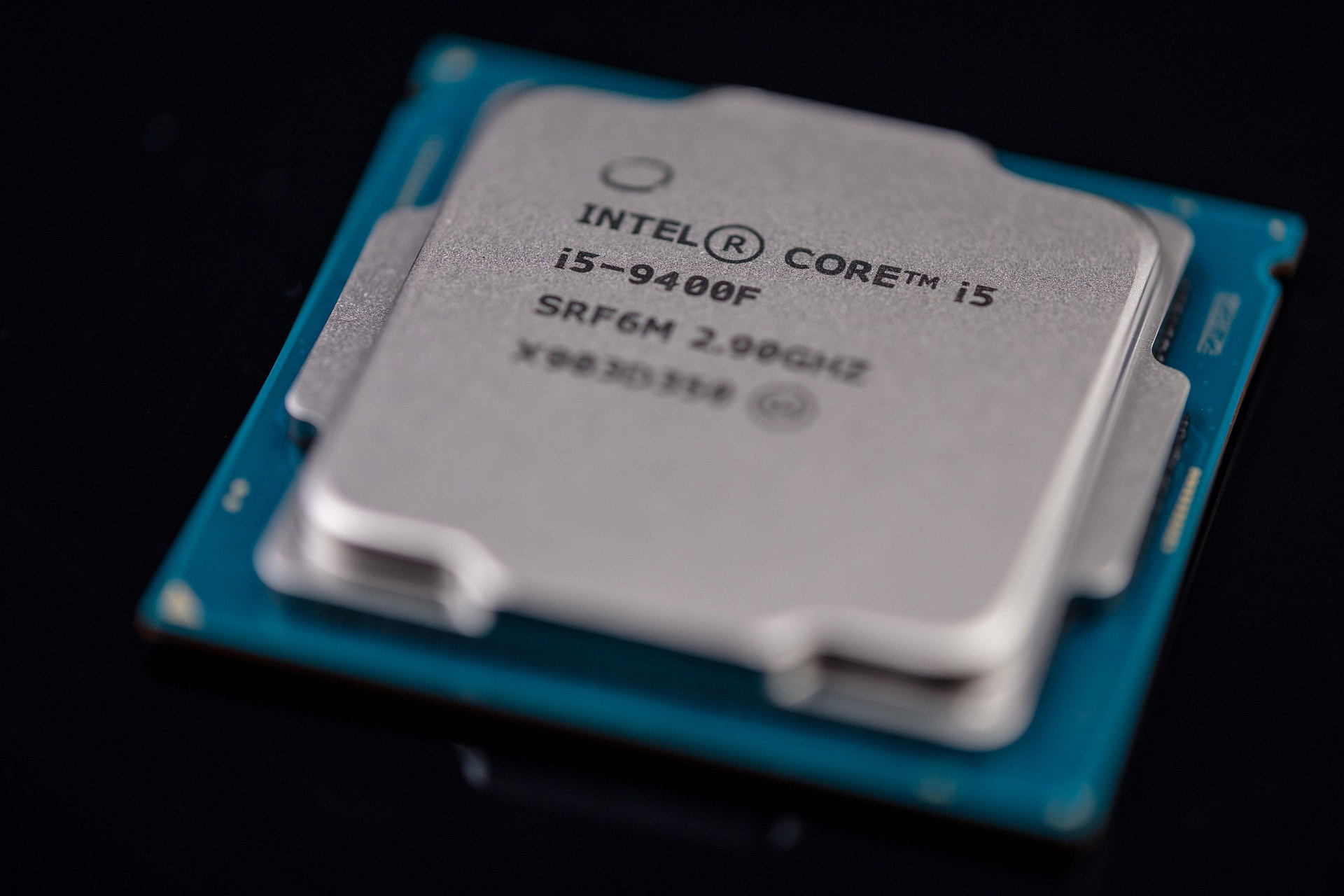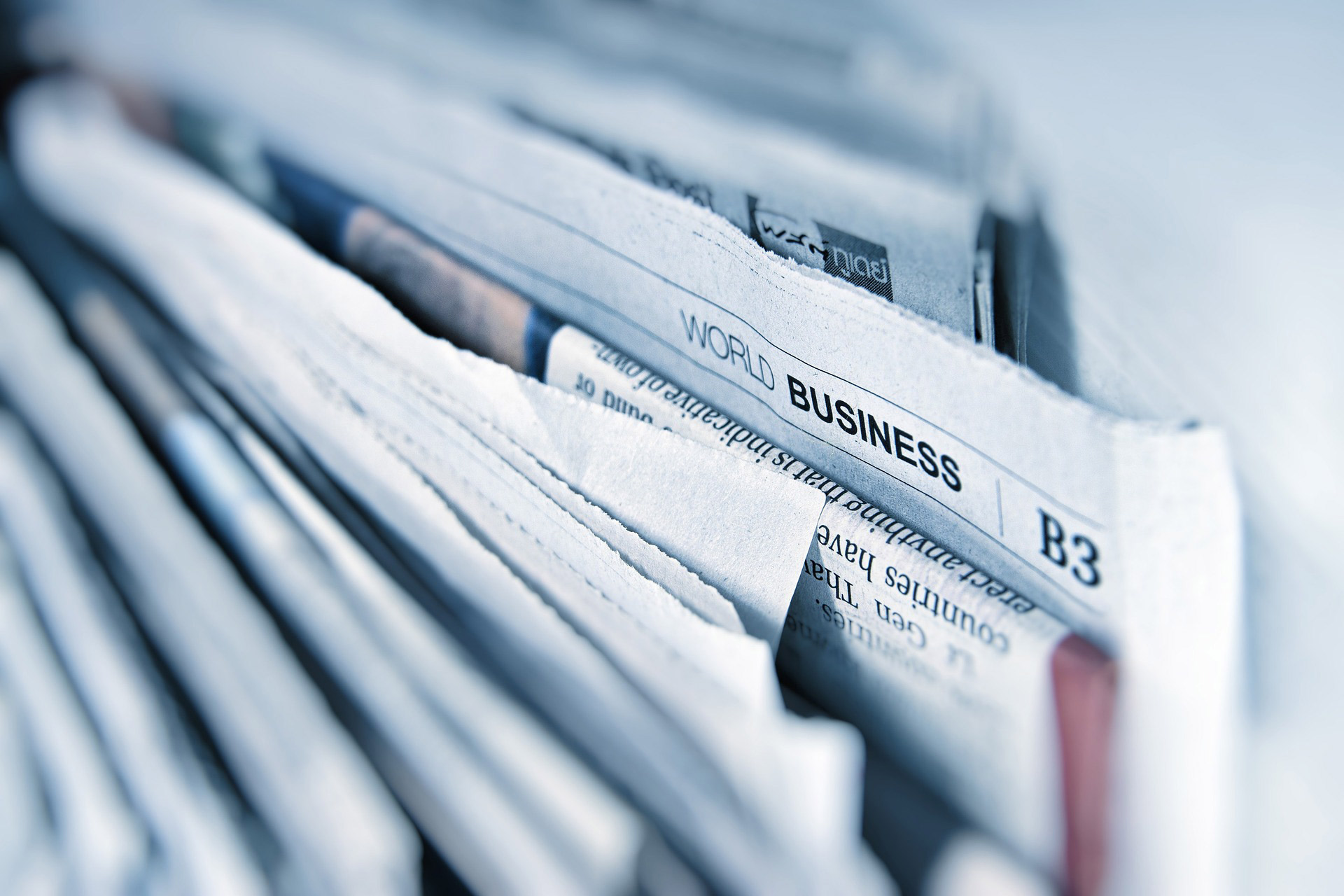https://www.tomshardware.com/news/amds-market-cap-surpasses-intel
Story goes that when the R&D team lead by Bob Noyce left Fairchild in 1966, it took them 5 days to raise capital to start Intel. The next team leaving in 1967, was the manufacturing team lead by Charlie Sporck. It took them 5 weeks to raise Capital to form National Semiconductor. The third team to leave was Sales and Marketing team lead by Jerry Sanders. It took them 5 months to get capital to start AMD.
All three companies were successful. Intel was engineering driven and excelled in Innovations. It invented DRAM, microprocessors, EPROM and Flash memory chips. National went to become most
efficient manufacturer of chips while AMD was the flashiest marketer.
Intel was forced to have a second source by market for its X86
chips. AMD was anointed. It was much later when AMD acquired NexGen that it had its own microprocessor technology.
For most part Intel went from strength to strength and its stock soared. AMD and National were always “also rans”. So this headline was like a bolt from the blue. Intel strayed from its true path and fell behind in technology. It missed the mobile wave, GPU wave as it lived high on the hog, from fat margins from its microprocessor monopoly.
Intel is trying to get back to its engineering roots. It has an engineer at helm now. IT is shedding its NIH (Not Invented Here syndrome) mindset and using third party technology. It is investing in technology rather than marketing.
Hopefully, Intel, like phoenix will rise again.


